Tapioca rice bowl and giant croquettes on the menu… Where is Fuji Soba headed?
Fuji Soba Meidai (“Fuji Soba”) has developed a menu that is unique among soba restaurants, including “Gazpacho Soba” that combines tomato and tuna with soba and “Khao Mangai Set” that combines the Thai dish khao mangai with soba.
Fuji Soba is a major company that consistently tops the popularity rankings of soba chain restaurants and has more than 100 outlets in the Kanto region. Despite being a large company, Fuji Soba is often talked about for its high degree of freedom in terms of customer service style, cooking manuals, and menu structure, all of which are left to the discretion of the restaurant manager. This is a soba restaurant that takes an “aggressive stance” in the crowded restaurant industry.
For this issue, we interviewed Mr. Nagayama, a maniac who enjoys more than 200 servings of Fuji soba a year. Leaving the business analysis to other media, let’s hear about Fuji Soba’s eccentric menu from an enthusiast’s point of view and the corporate culture of the beloved Fuji Soba restaurant.
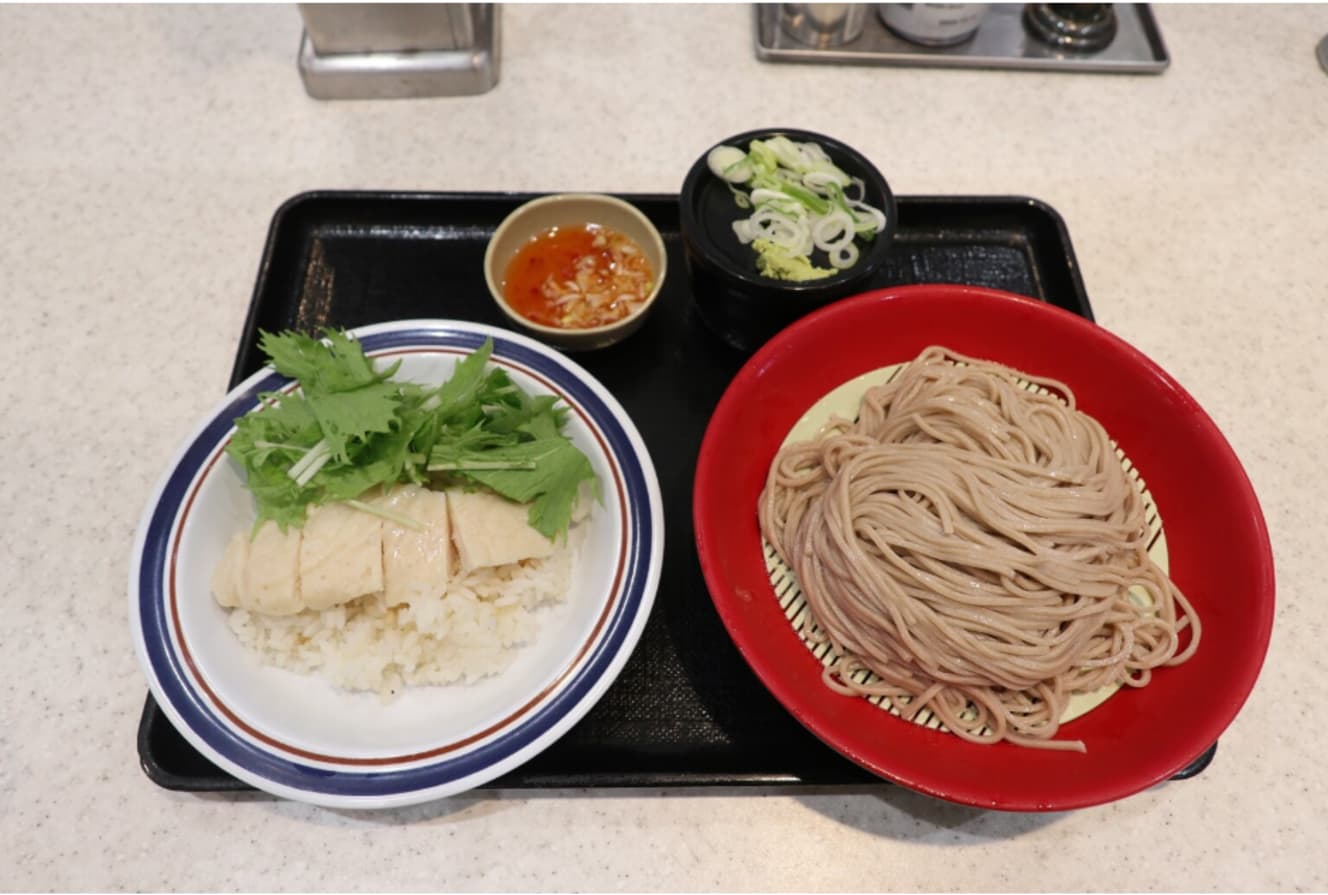
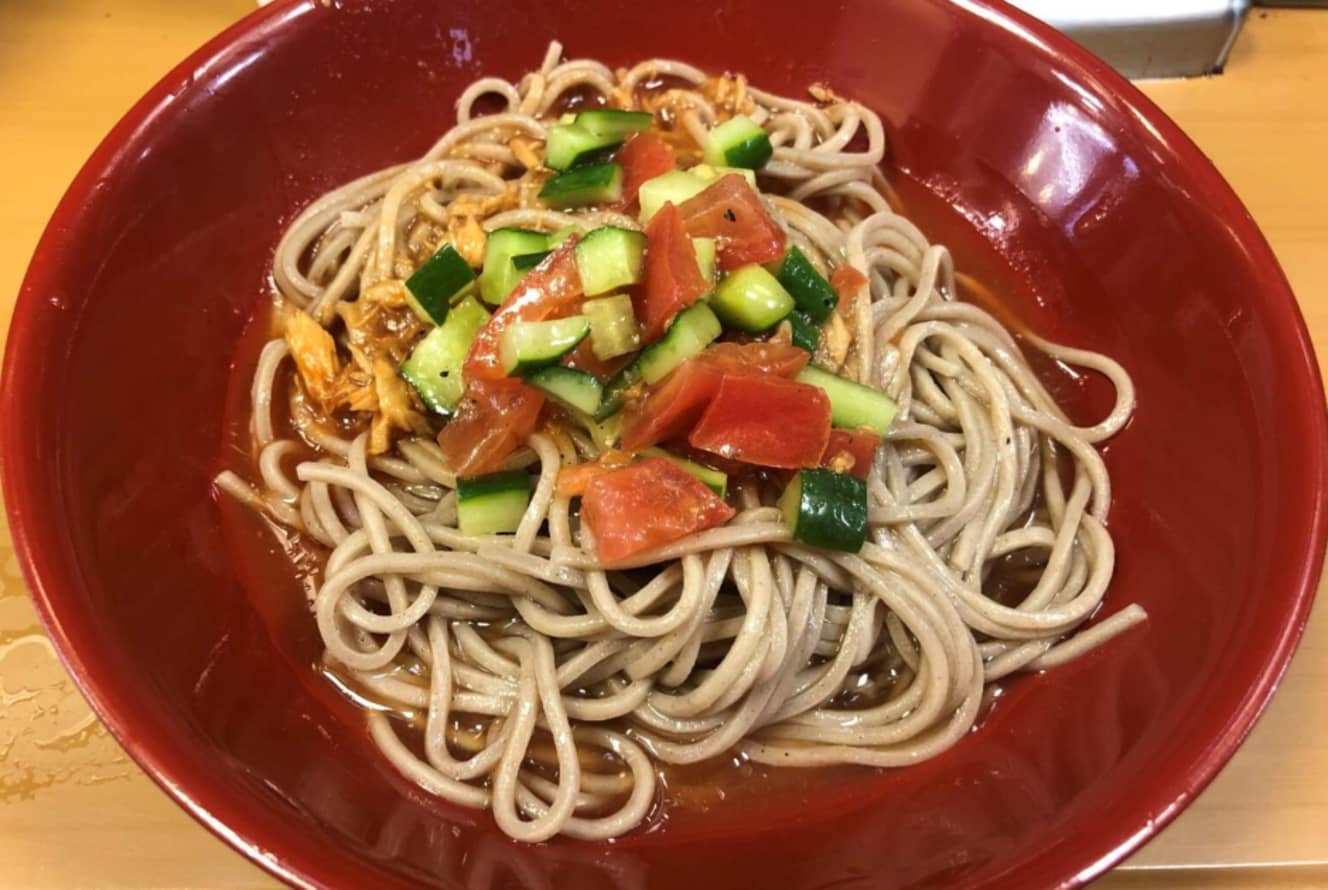
A corporate culture of letting people fail and nurturing them
Fuji Soba’s impressive menu items are the eccentric ones introduced at the beginning of this article. However, Fuji Soba has also tried many other businesses in the past, not limited to new menu items, such as “Tsuke-Soba Titan,” another business model, and the “Fuji Rutin” dietary supplement.
However, most of these businesses have failed to take root, and not many have become long-sellers. Nevertheless, Mr. Nakayama says that the reason they continue to take on new challenges reflects the ideas of Daitan Group Chairman Michio Tan (Fuji Soba’s parent company).
Fuji Soba has a corporate culture of “letting people fail and nurturing them. Based on his own experience, he believes that “we learn more from failures than successes,” and “if something doesn’t work, we immediately withdraw from it and move on to the next challenge. If it doesn’t work, we pull out immediately and make the most of it for the next challenge. If it doesn’t work out, we immediately pull out and make the most of it for the next challenge. New menu item Rin The discussion of new menu items does not seem to be too strict, and it is easy to come up with ideas that make the most of originality, I think this is a good cycle. I think there is a good cycle here. (Mr. Nakayama)
Taste and customer service are important. But “fun” is even more important!
When you think of soba restaurants, you may have the image of a restaurant that places great importance on tradition, such as cooking methods and sauces. However, Fuji Soba basically leaves the various processes in the restaurant to the manager. Although there is a basic manual, the number of times the water is drained, the mixing of the soba sauce, and customer service methods can be rearranged.
Differentiation from the Competition differentiation from the competition differentiation from the competition In some stores, customers leave when they leave, One of the restaurants says, “Have a nice trip” to customers as they leave. When customers leave, they call out “Arigatadeshaimase” to them. or seasoning the dishes with a strong flavor. The ideas for new menu items are unique to each restaurant, and some of them are just for the fun of it. There are many menu items that are like “club activities” (laughs). (laughs).
What does “club activities” mean? Let us introduce two menus that impressed Mr. Nagayama.
The first is the “Mini Ikura-style Tapioca Pickled Rice Bowl with Salmon Roe” that was sold at the Shinjuku Sankomachi branch in 2019. The menu featured tapioca, which was all the rage at the time, marinated in soy sauce sauce and served over rice to resemble a bowl of rice topped with salmon roe. What is unique is the motive behind the development of the menu.
The reason for the development of this menu was the manager’s antithesis of the “If you like tapioca so much, why not eat this too? The menu was born as the manager’s antithesis to the then cat-and-shackle tapioca trend. The store manager’s idea was the antithesis of the tapioca trend, saying, “If you like tapioca so much, why don’t you eat this, too? Usually new menu items are discontinued after about a month, but this product was on the menu for four months. The tapioca boom that followed ended, and it is no exaggeration to say that this legendary product put an end to the boom.
The second was the “Kitsune no Kome Iri,” sold at the Shibuya Sakuragaoka store. The second was the “Kitsune no Komeiri” sold at the Shibuya Sakuragaoka branch. It is nothing more than hot egg curry udon topped with inari zushi, but look carefully at the name.
…
…
…
That’s right. This is a pun on “Kitsune no Yomeiri” (The Bride of the Fox). That is all. Compatibility with curry? Sushi rice mixture? No, it’s not. I wanted people to say, “You’re the bride of the fox!” I wanted to be told. Nothing more, nothing less.
At the same time, Fuji Soba also sold “Umi no Tsuji Don” (a pun on Osamu Tezuka’s manga “Umi no Triton”). Even Fuji Soba, which is known for trying out interesting menu items, is said to be unusual in going so far off the rails.
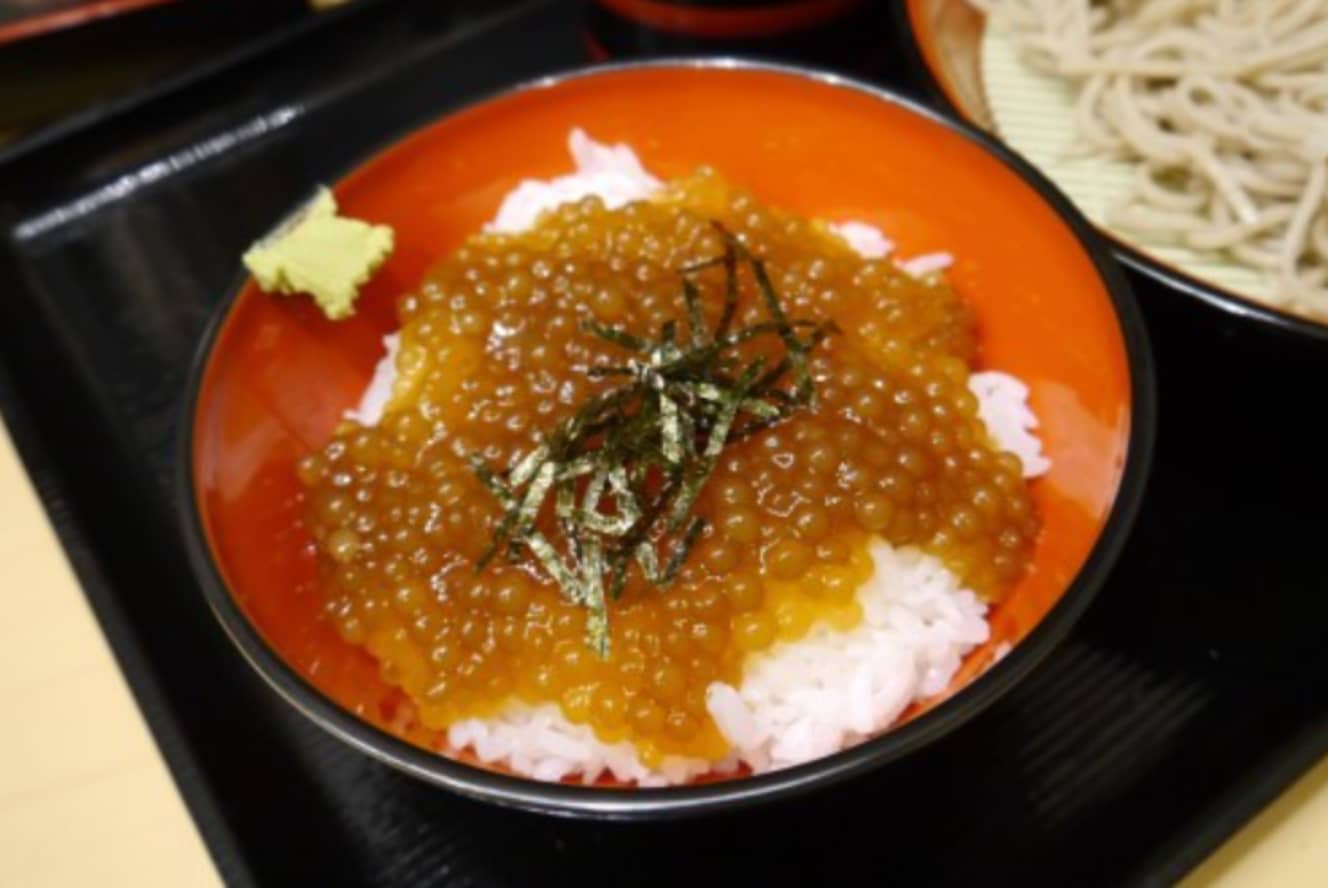
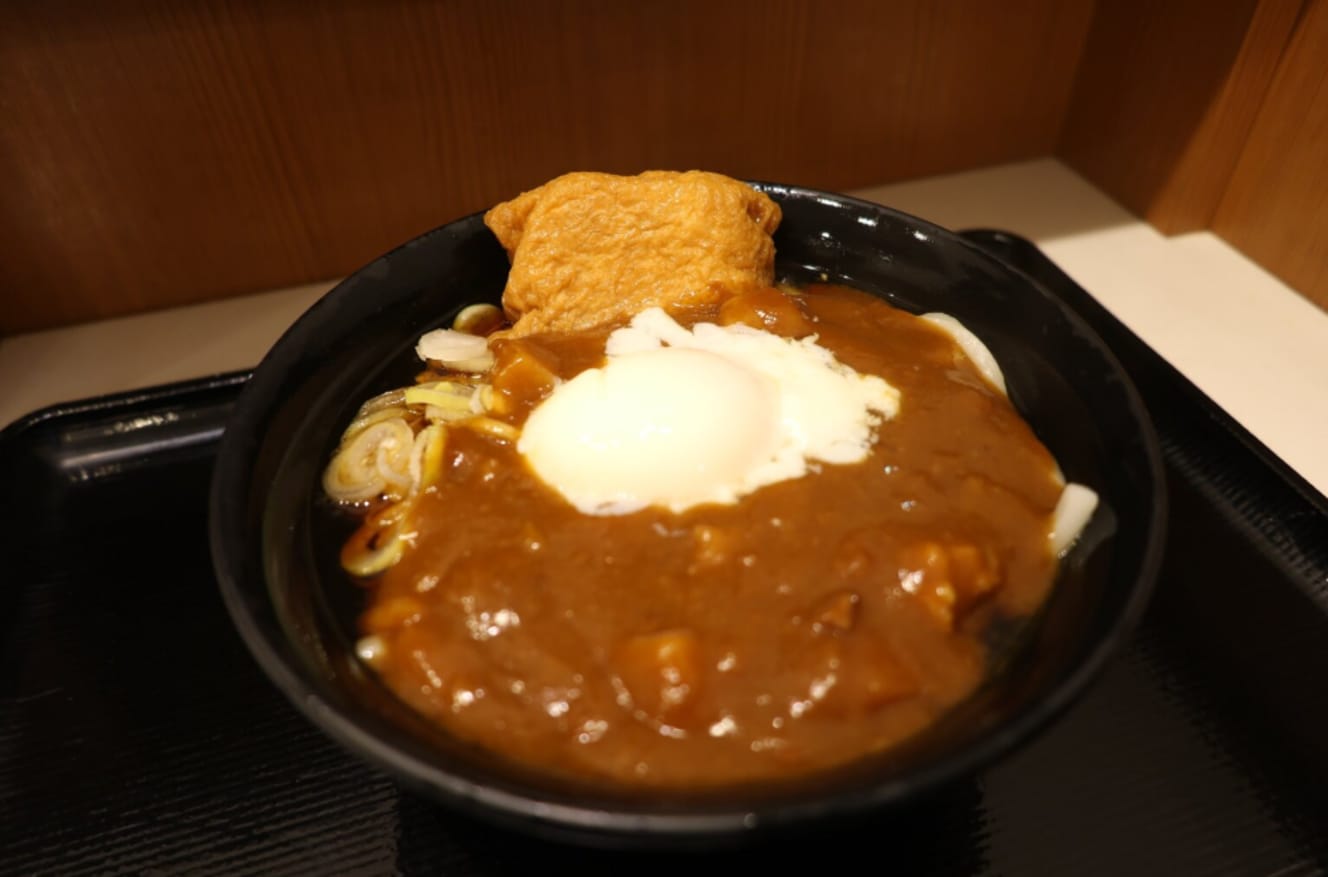
Most of these menu items are only available at the restaurant and are not posted on the official website. The “treasure-hunting” feeling of finding the restaurant yourself is one of the reasons why they are so loved by enthusiasts. The “katsudon” (pork cutlet served on top of a bowl of rice), which is now a standard item on the menu, started out as a store-only item.
While taking on new challenges to keep customers coming back, the company also listens carefully to its fans. The fact that Fuji Soba limits the number of outlets to the Kanto region can be seen as a strategy of “pursuing freedom within reach.
As a fan, I want to look for interesting menu items and have fun playing with them (laughs). (laugh). Fuji Soba is trying to make that happen. side Fuji Soba’s side Fuji Soba knows this. So, all the restaurants in the company play jokes on each other. In addition and They also give internal awards for hit menus. Starting as a part-timer, he worked his way up to store manager and made a name for himself with his own unique menu. I feel the drama in that. (Mr. Nakayama)
What will happen to “Fuji Soba’s character” in the future?
Recently, however, Fuji Soba’s “aggressive menu” has been losing momentum. Due to the soaring cost of raw materials, partly caused by the new coronavirus, and the shortage of human resources, Fuji Soba has been increasing simple, high-priced menu items for inbound customers (“To be FUJISOBA Deluxe,” a high-quality menu item).
While outlandish menus are interesting, operations can be complicated. However, the operation is complicated. It is difficult to create products that are not sales-oriented under the circumstances of the current situation, so menu development may be led by the head office for some time to come. It is sad to see the number of unusual soba dishes decrease, but it does not mean that the originality of Fuji Soba has disappeared, as the giant croquette soba, which was still in the prototype stage, has recently become a hot topic on SNS. As a fan of Fuji Soba, I want to see to it that the drama that Fuji Soba has spun out will not die out. (Mr. Nakayama)
Fuji Soba has surprised the public with its out-of-the-box approach and unique store-driven approach. As the number of inbound customers increases, so will the number of new ideas that emerge. We will continue to keep an eye on the challenges they face in their pursuit of food entertainment.
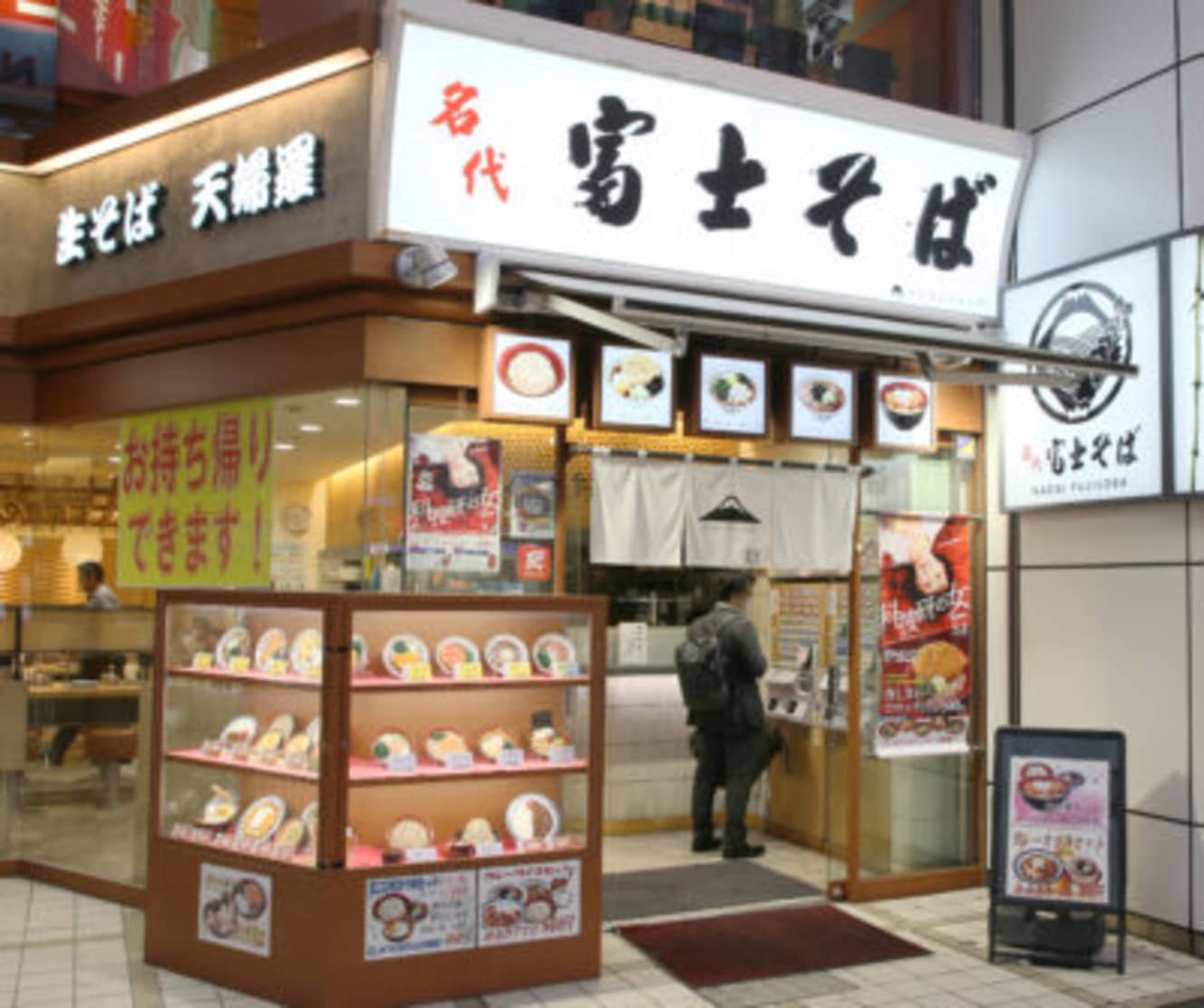
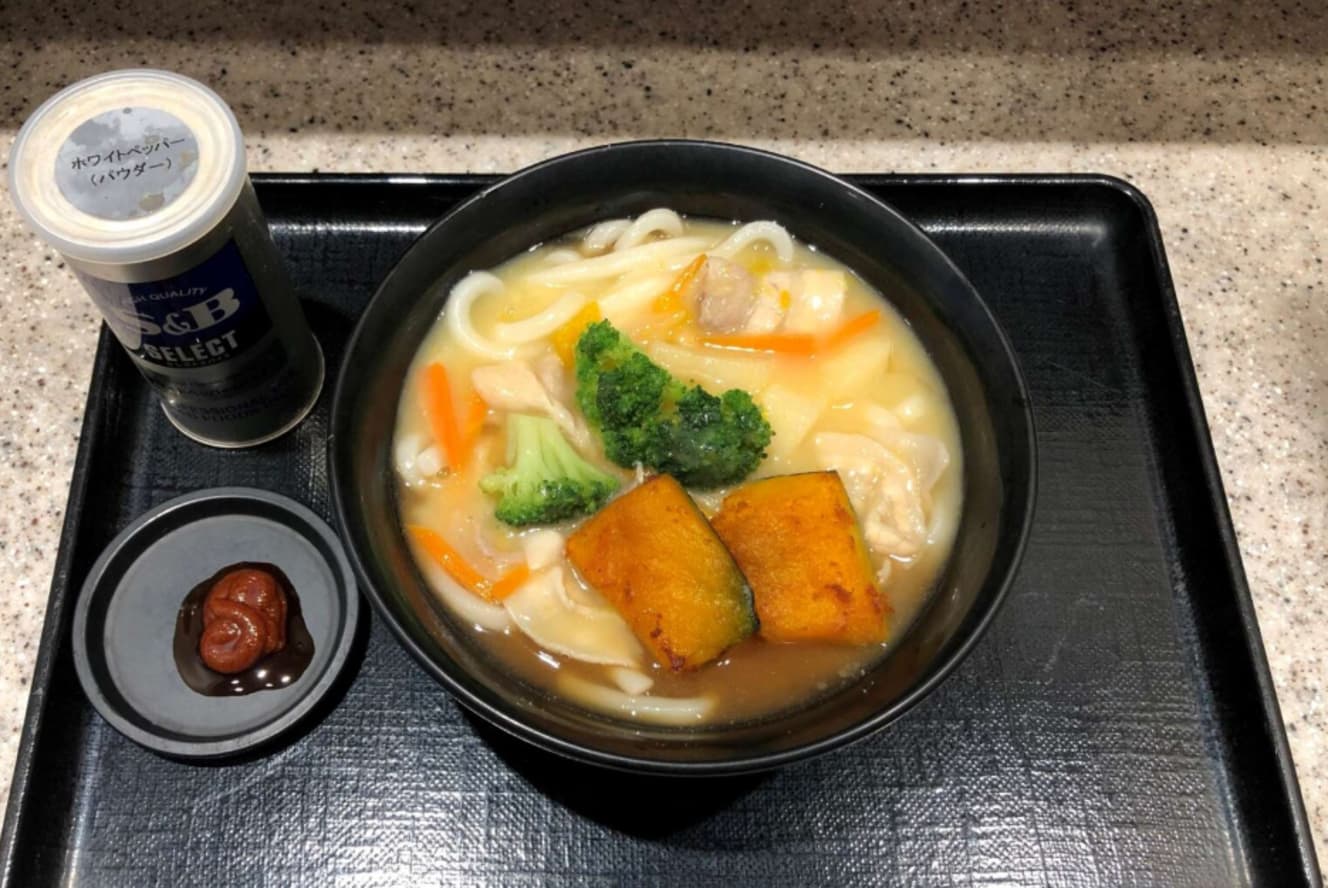
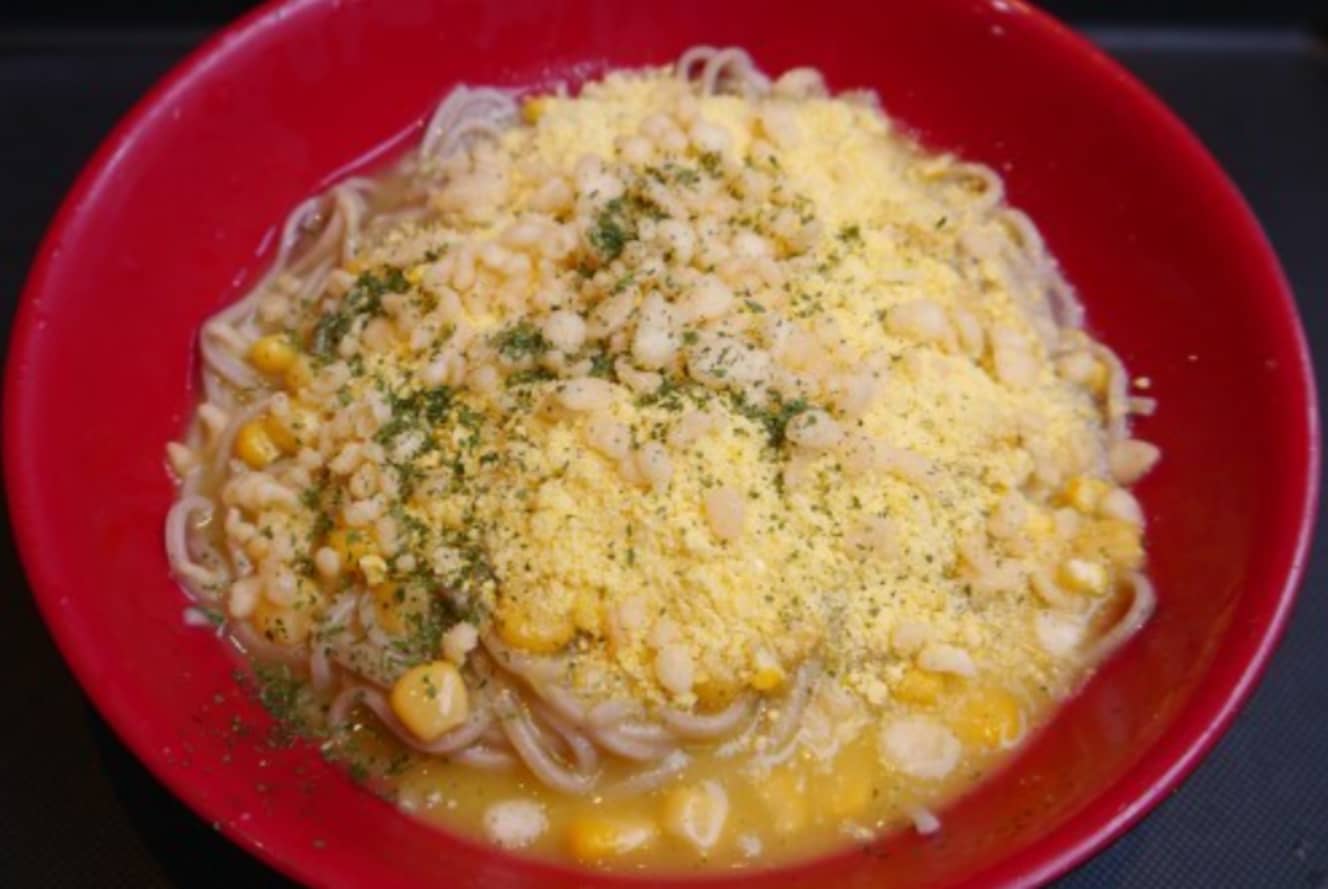
Interview and text: FM Nakanishi PHOTO: Nagayama, Shinji Hamasaki (store)